
Бесплатный фрагмент - Mobile Filmmaking
100 steps to making a movie with your smartphone
Technology will make it possible to concentrate in the hands of one person a quite inexpensive opportunity to capture image on film… In the end, everything will come down to the same thing that connects, say, the writer and his art: a pencil and a piece of paper. It should be the same in cinema, and it certainly will, sooner or later, but it will.
Andrei Tarkovsky, Lectures on Filmmaking
Introduction
Holding workshops is a vital part of what I do to promote the idea of mobile filmmaking. I almost always begin with a story about my early days as an artist. Over 35 years ago, as a teenager, I was lucky enough to find myself in a unique place: an amateur film center for youth. We had everything that proper film students would have: scene studies, elocution classes, installing the lighting, writing scripts, screenings, and discussions. At the end of the program, we were to take exams and shoot a final project. My first film, as you may well guess, told the story of unrequited adolescent love.
Then I went to a tech school and spent a lot of years doing advertising and branding. A few years ago, I realised that I had hit the ceiling at my job and that I needed something greater. I again felt that I wanted to get absorbed in my art, to create art projects of my own. The creative drive I acquired as a young person was enough to get me back to making films. But the times were different now, and I went back to school and started reading smart books and taking classes from famous film directors. In the end, I managed to make a few documentary and feature films. And I felt an extremely deep disappointment in the production part of the process. I was only interested in making art and not in wasting a great deal of effort on negotiation, technological issues, getting other people to approve my actions, and simply periods of pointless waiting. I had very little time left for creating a work of art as such. I was losing heart, but I was not eager to give up on my dream. Luckily, a way out presented itself shortly as I once tried shooting a film with my smartphone, and then everything clicked into place!
Mobile filmmaking gave me a unique opportunity to be free and independent, to do everything by myself, from writing a script to promoting a complete work. Today I want to help you, my readers, to walk for the first time along an exciting and eventful path from a creative concept to its realisation in art.
Maxim Mussel
As a screenwriter, I know only too well how difficult the path from script to film is. Too many people correct and approve the script, and often there’s nothing left of the author’s design, or, even more often, you write a script according to someone else’s idea or someone else’s rules. Stories that don’t get realised prompt a sense of disillusionment with the profession, with oneself, and with the world. Mobile film for me is what gives me support, what lets me feel free to try out some ideas of my own that do not fit an industrial format. It’s very interesting to put yourself into the shoes of a cameraman, director, and editor. It helps you get away from your routine and make something surprising, and it helps develop creativity and ingenuity.
Olga Kononova
Indulge in It
We all barely ever let go of our mobile phones — we call, write texts and emails, use social networks, chat in messengers, take pictures on vacation, watch films, or read books on the subway. We use a smartphone for work, socialising, and entertainment. But that does not exhaust its potential or our needs. Every smartphone has a camera, and every person, a wish to create something beautiful, to capture their unique view of the world. Never thought of that? Only dreamt about it? Perhaps you’re waiting for a meteor to drop on your city, and then you’ll take out your smartphone. But you can use it for more than just to capture an incident. You can shoot a real film. You have everything you need for that in your hands, right now. Switch on the camera, and look for the first shot.

Leave Your Doubts Behind
There are no authorities on mobile filmmaking yet; all you’re going to shoot will be fresh and unique. This kind of art was born not very long ago, around 2006. At least that was when specialized competitions appeared, and not much later mainstream film festivals started accepting films shot on mobile phones. There are no rules and standards here yet, only authors who are looking for a new visual language. And you can join them. You have a chance to find a new way shooting, a method of narrating, a unique story that can only be told with the help of a smartphone. But how does one invent something new?

Have Faith in Yourself
All stories out there have already been told a few times in all formats — in film, literature, painting, and music. It’s difficult to find something absolutely new in today’s world apart from you, your own self. You’re a unique combination of experiences, passions, and memory. You can create something original, so your only task is to look into yourself and be honest. Tune into yourself more frequently and ask yourself, Is what I’m doing, what I’m choosing truly to my liking? Was I filming these shots deliberately, or was my mind asleep? Don’t be afraid to make a mistake. If you develop a true penchant for mobile filmmaking, if you’re not only happy with the result but also enjoy the process, then it’s your thing. So do what you need to do, and don’t pay attention to the words of those who are not as into mobile filmmaking as you are.

Take Mobile Filmmaking Seriously
Take everything you do seriously because that’s what your life is made of. Spend your life only on things that make you happy, fill you with energy, and make you better. Try looking for a way to dedicate at least a part of your life to yourself. Then the necessity to earn money, create comfort, and maintain relationships with those around you will stop being so annoying. In mobile film, the sole distinction between professionals and amateurs lies in attitude. As long as there are no rules and standards, it’s up to you to establish them yourself.

Study the Experience of Other Mobile Filmmakers
Watch, watch, and watch the mobile films of others, and you’ll see for yourself that you can do the same. No, you can do better. Only then does it make sense to engage in mobile filmmaking. Study the works of others, try to get to the heart of the author’s message, to comprehend what they were trying to express and to what extent they were successful in conveying their message to the audience, what came out well and what you did not like or what remained obscure. Learn from the mistakes of others.
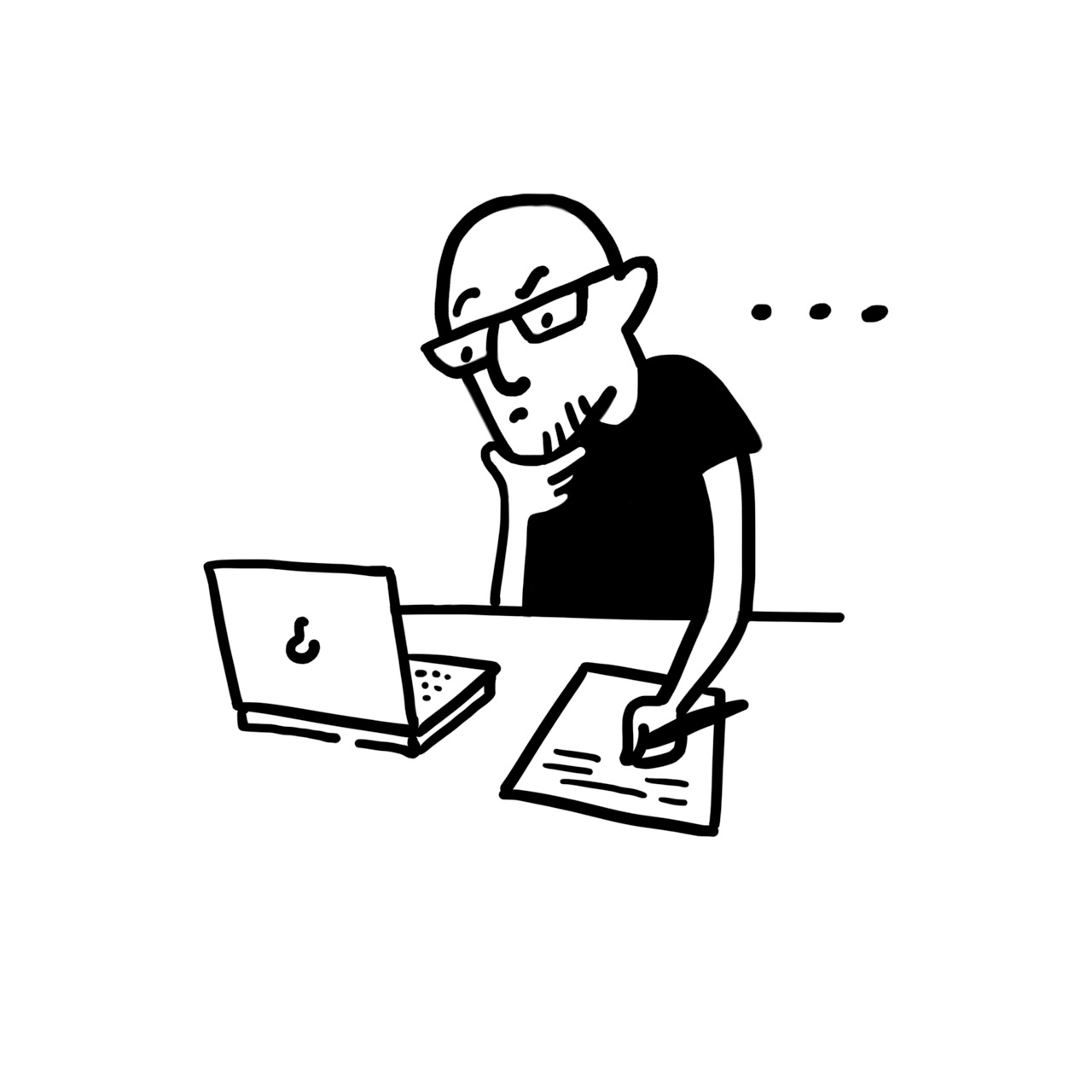
Set Yourself Apart from Others
Any kind of learning, self-learning in particular, is based on copying, reinterpreting, and adopting the experience of others. You will, of course, have to watch mainstream cinema. But you should keep in mind at all times that you’re working in a format that’s fundamentally new and unavailable to the film industry. Mainstream cinema has budgets, pressure from the producer, a large crew, a need to keep to deadlines and to generate a profit, censorship, and commercial distribution. You have mobility, full control over the process, and free access to your audience. Your task is to feel your way to the artist within and to create your own artistic method. And that is shaped by your experience and by what you believe in. Is this mine or is it not? Does it express me or someone else?
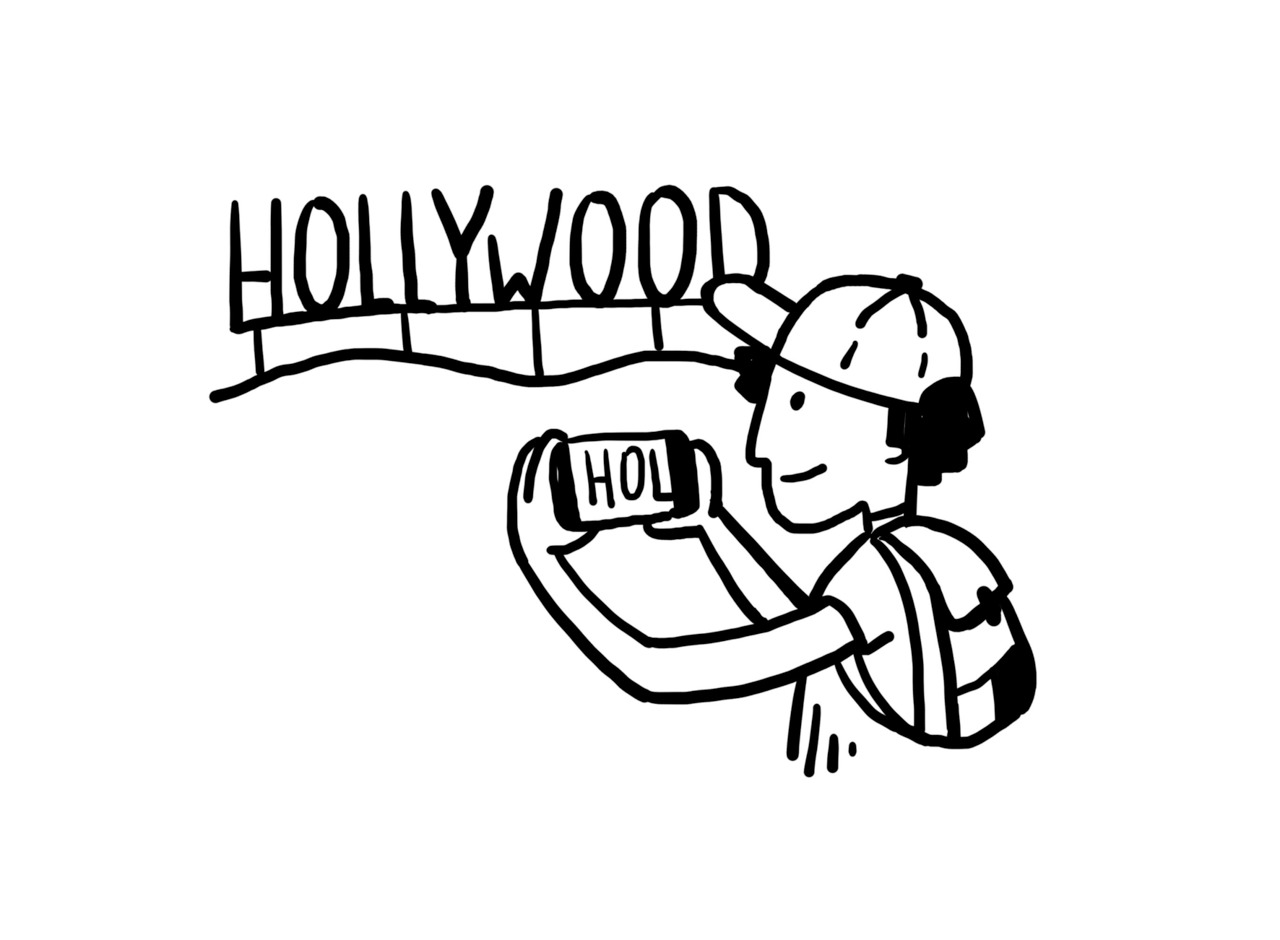
Steal. Borrow. Learn
You can easily use the discoveries and devices of other authors. You’ll still do it your own way. Only you have to steal from all the arts at once and to use your wits. To do so, you’ll have to study the related fields of art. Austin Kleon’s Steal Like an Artist can tell you more about that.
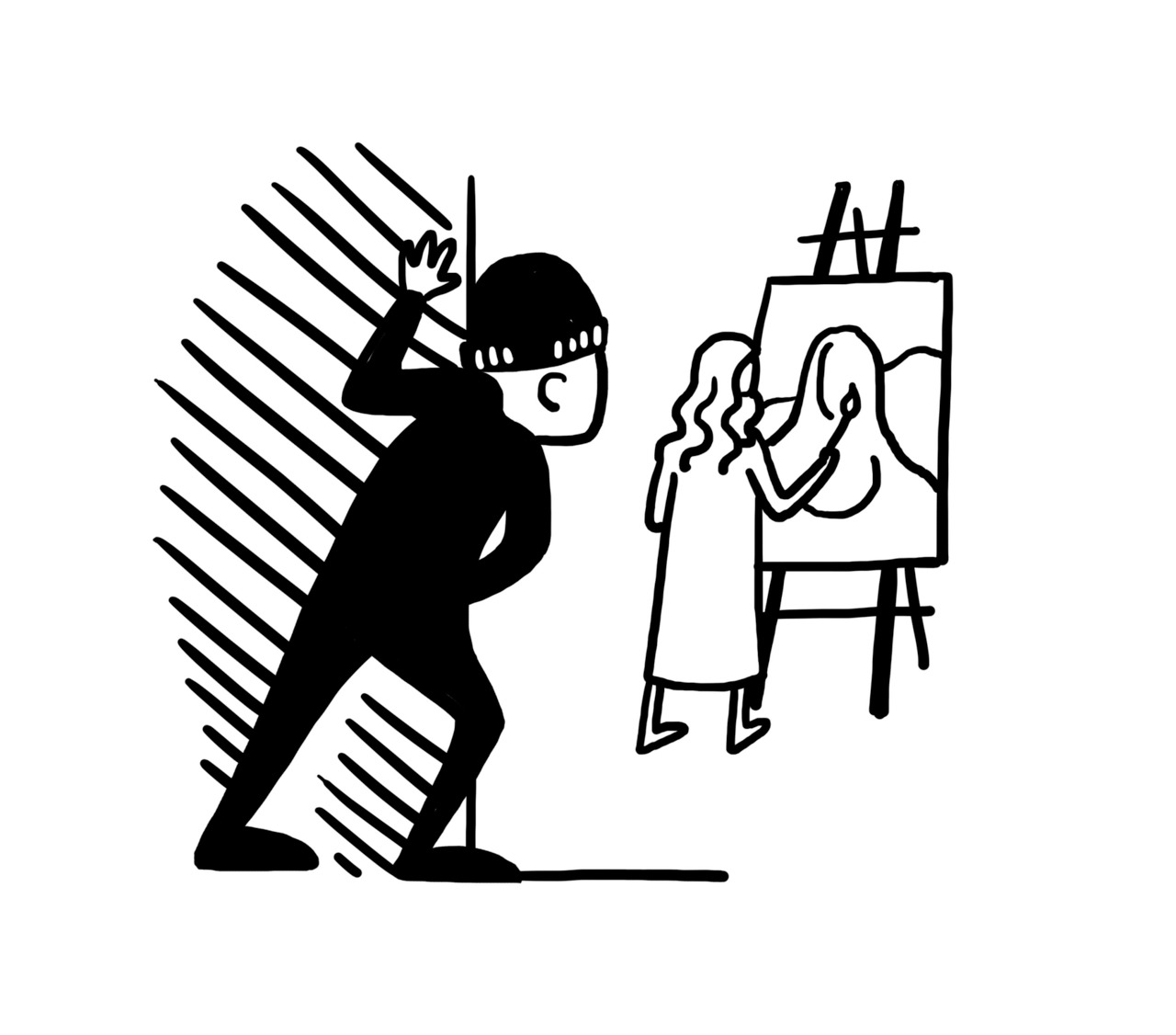
Don’t Invent Extra Obstacles
A smartphone is the only thing you need to start shooting. The decision to make a mobile film should not entail extra expenses. Just take your device out of your pocket and get started. Don’t come up with excuses that your phone model is ancient, the camera is poor, and the image looks like a shabby VHS from a video store. Take the smartphone you have now and ask yourself what kind of material you can shoot with it that will look the most attractive and exciting. A fuzzy image may work for a retro-style story, while blurry shadows on the screen can help create an atmosphere of dread for a horror film. Make the most of the opportunities you have.
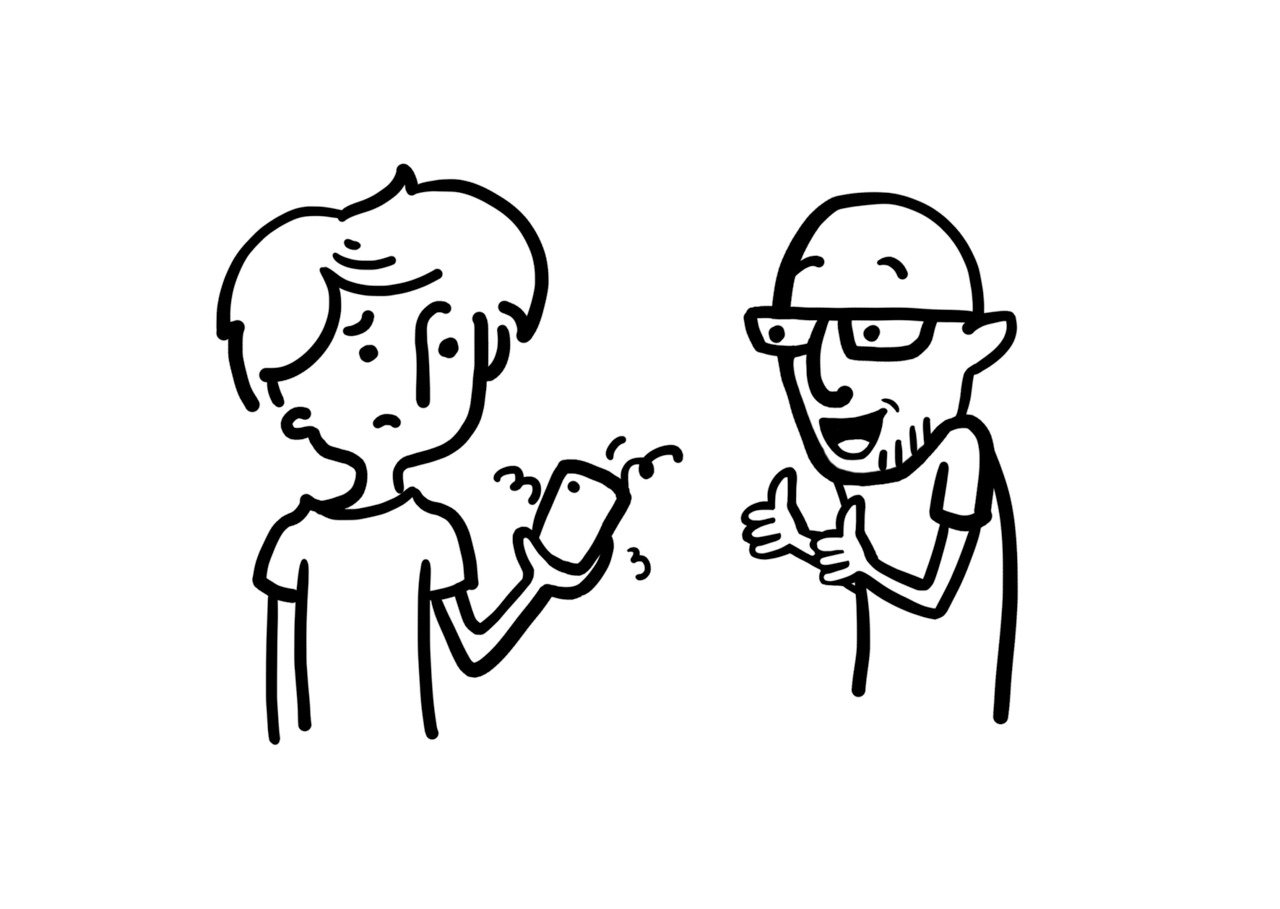
Decide Why You’re Shooting a Film
You can shoot virtually everything on your smartphone — news, ads, blog entries, corporate videos, family chronicles, educational content. Naturally, the ability to create mobile films will be most useful if you are, for example, an adperson, a blogger, or a journalist. But whatever your job, this skill will be your asset. People are less and less ready to read these days and are more and more eager to watch. And since the production of video content has become technically and economically accessible, everyone who can do it has a considerable advantage over those who cannot. For instance, if you’re a teacher and you want to draw your students’ attention to your subject, you could try your hand at shooting educational videos instead of rubbing their noses into the textbooks as the rest of your colleagues do.

Put Yourself into a Creative Mood — Choose a Genre
For starters, you have to make up your mind as to the genre of your work. What do you want to shoot: people, nature and objects, actors? What do you expect as a result: a reportage, a video essay, a feature film? If you’re thinking reportage, you should choose an event that you’re going to cover. If it’s a feature film, you’ll definitely need a script. For a video essay, a poetic sketch, an observation, you first need a clearly articulated idea.
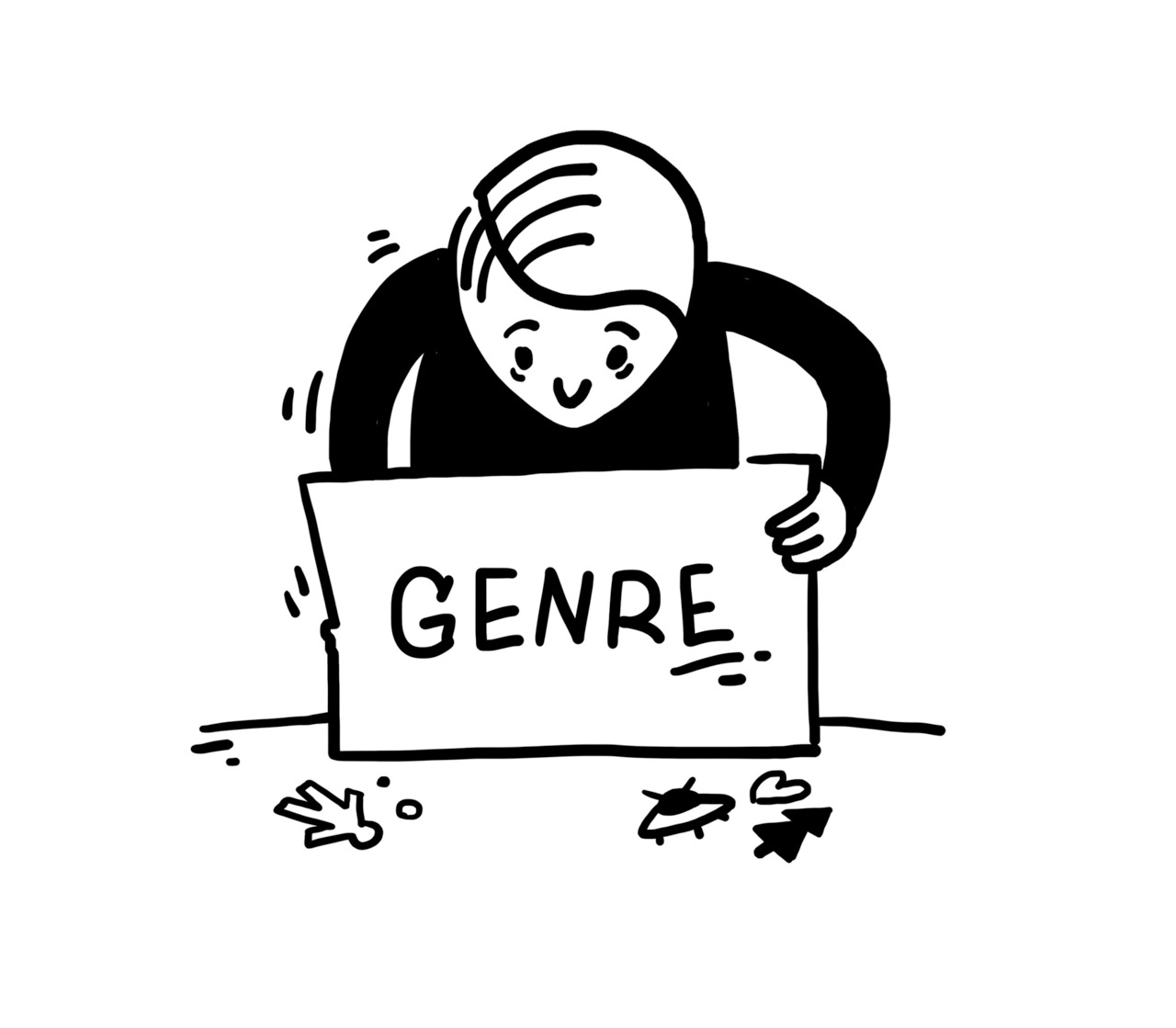
Video Essay
If you’re inclined to observe the world around you, if you tend to notice what others do not, if you’re inspired by the flow of water, of clouds, by grass swinging in the wind, and by the patterns of snowflakes, then you may be interested in shooting a poetic video essay. If what you value most in cinema is a beautiful and harmonious image, if you pay attention to color, light, composition, if you like painting and photography, perhaps you’re an artist and will make a film that will reflect your own, unique vision of the world. If you’re fascinated by architecture, clear-cut lines, man-mastered space; if ruins of ancient cities stir up strong feelings in you and arouse fantasy; if you’re interested in looking for an unusual angle that shows famous sights not the way everyone is used to seeing them, then perhaps you’ll be able to express it in your film. In any event, what matters for a video essay is a unique vision — your own point of view on what interests you.
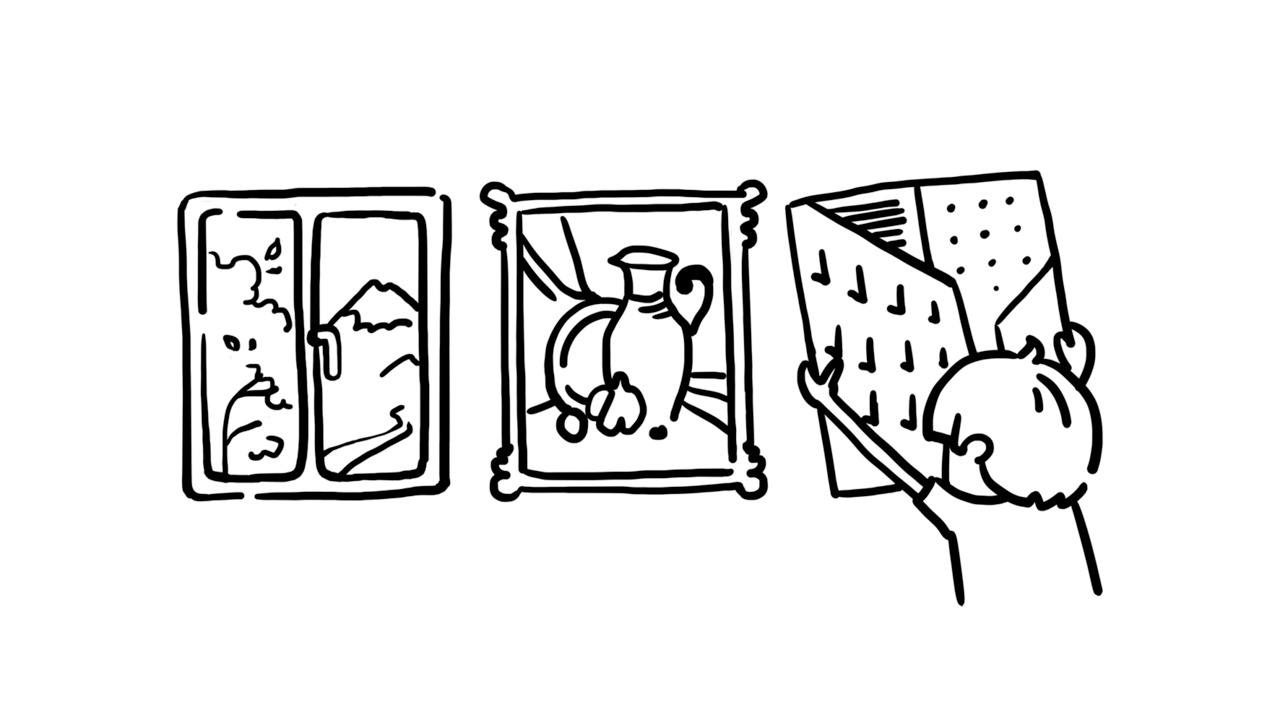
Reportage
Though perhaps all those ruins and sunsets are not your thing. If you like being among other people, if you like socialising and emotions, and you care for dynamics, then your genre is the reportage. Take your phone, get into the thick of things, and shoot everything around you. Here it helps to remember Hitchcock’s advice: the most interesting shots, ones where there’s always something going on, are shots with a person’s face, their eyes. So you have to come up with ways to shoot people’s faces. Of course, the easiest way to capture an interested look is to ask someone about something. But your character’s reaction depends on the question. One kind of response you need to avoid is boredom, so you should give a lot of thought in advance to whom you’re going to question and what about.
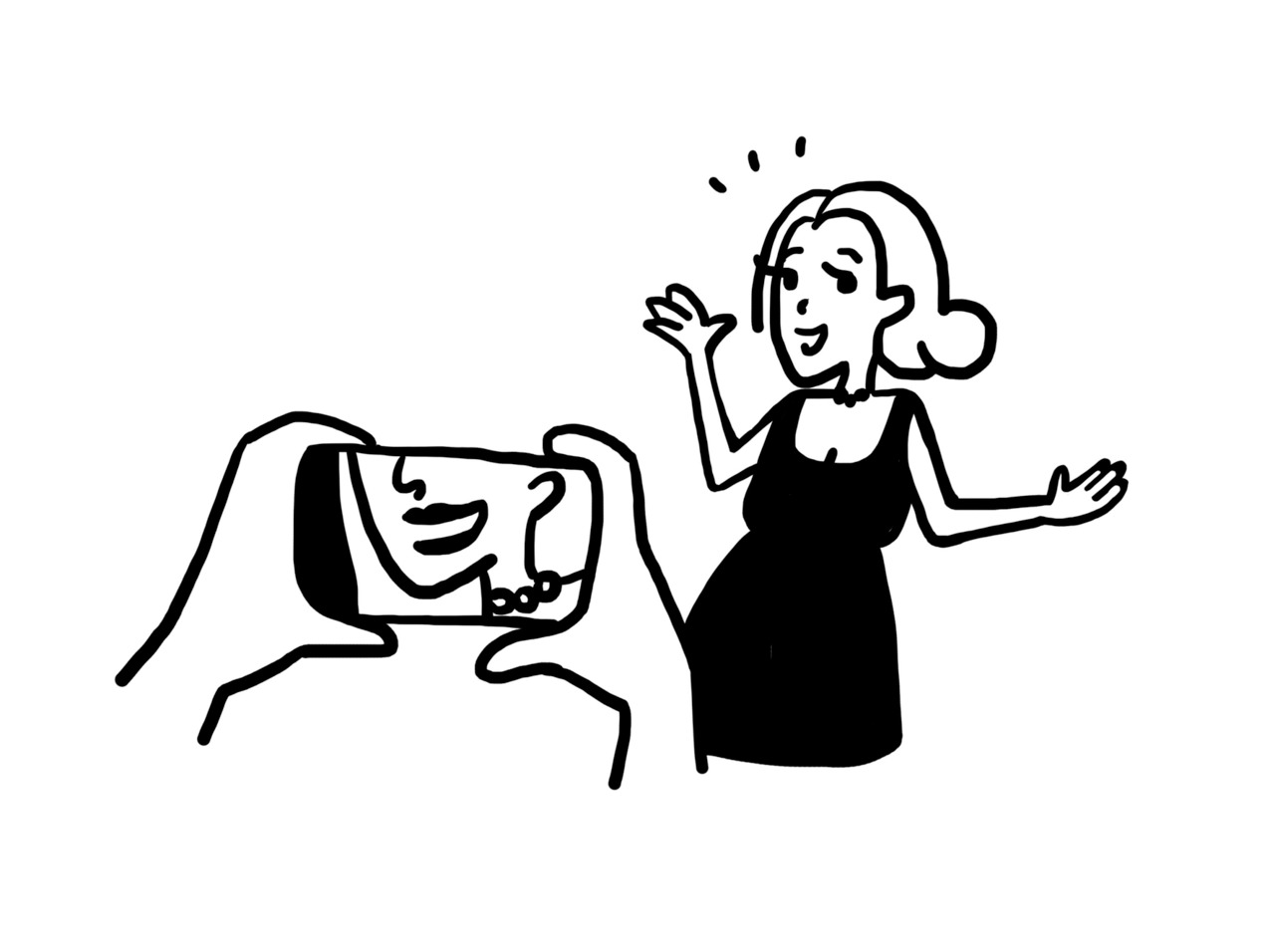
Feature Film
If you’re not interested in navigating a stream of events and you want to control what you’re making, if you’re good at getting people to do what you want them to, consider making a feature film. Even for a very short work, you need a script, a director’s storyboard, rehearsals with your actors, and much more, but most of all patience. Controlling the shooting process is an intense kind of work, so your script must be worth it. First you may want to test your story on other people. Tell your friends about it as an anecdote or a real-life story, and if it gets them interested, the plot is probably worth the hard work. Don’t hesitate to start on your script and to hunt for actors.
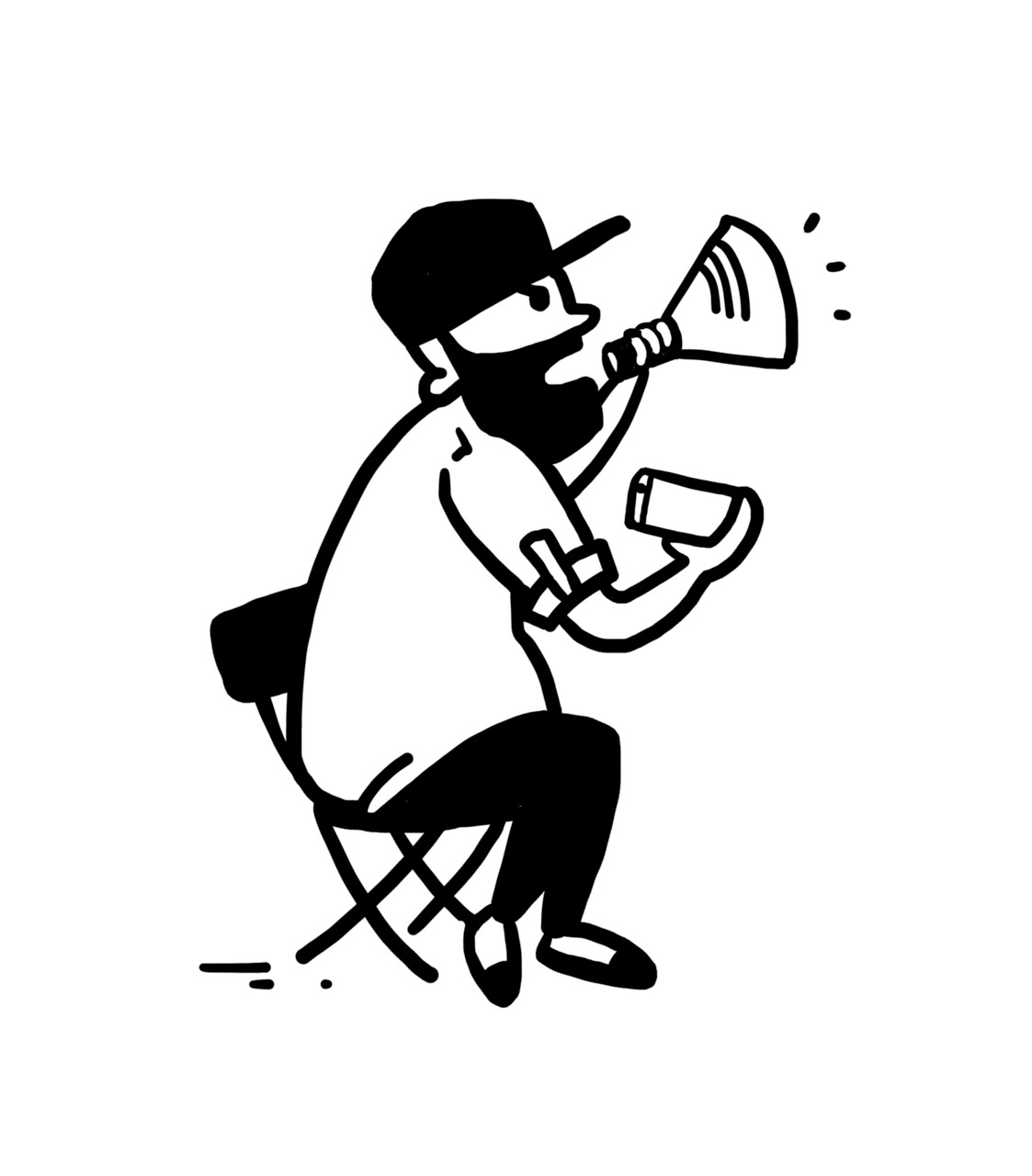
Specify Your Idea
To make a reportage about an event, it’s enough for you to get to the right place at the right time and catch the vibes. But for a feature film, you must first have a script. Every script is based on an idea. For a video essay, you don’t have to have a script, but an idea that’s been thought through and developed makes a difference too. If you’re the only member of your shooting crew, you can afford not to have a written script, but you must thoroughly think through what it is you’re going to shoot. To do that, you only need to answer a few questions. What is it you’re trying to say with your video? How will your clip be different from others? Why should the viewer watch it? After answering these questions, you’ll be able to specify your idea. Then try thinking of a few ways to implement it. What might your film look like? Where is it set? Who or what is the main character? Perhaps you yourself are the hero of your story? Try retelling your idea to your friends, but not in order to get their approval. The only thing you’re interested in at this point is whether or not they understand what you’re trying to say. By answering the questions, you’re articulating for yourself in a more precise fashion what it is your film will be about.
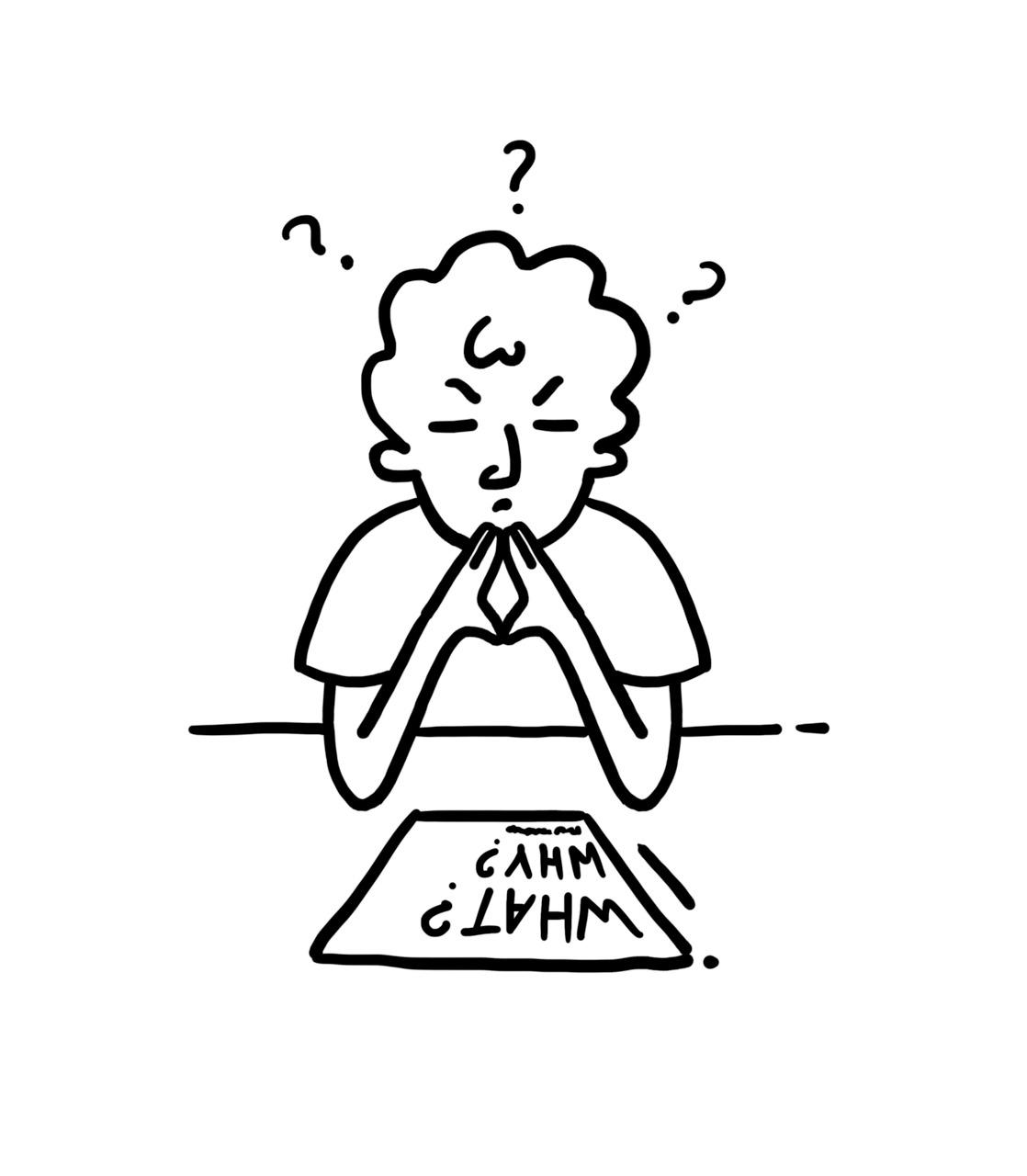
Get Absorbed in Your Material
Find all the information that’s available that has to do with your idea. You need references — that is, works that overlap with your subject in one of its parts or in a motif: films, books, paintings, music, video art. You can take works from any of the arts if there’s something in them that’s going to suit your project: color scheme, light, a plot element, an edit transition, a mood. You can draw inspiration from other, related areas: design, animation, theatre, contemporary music, performing arts.
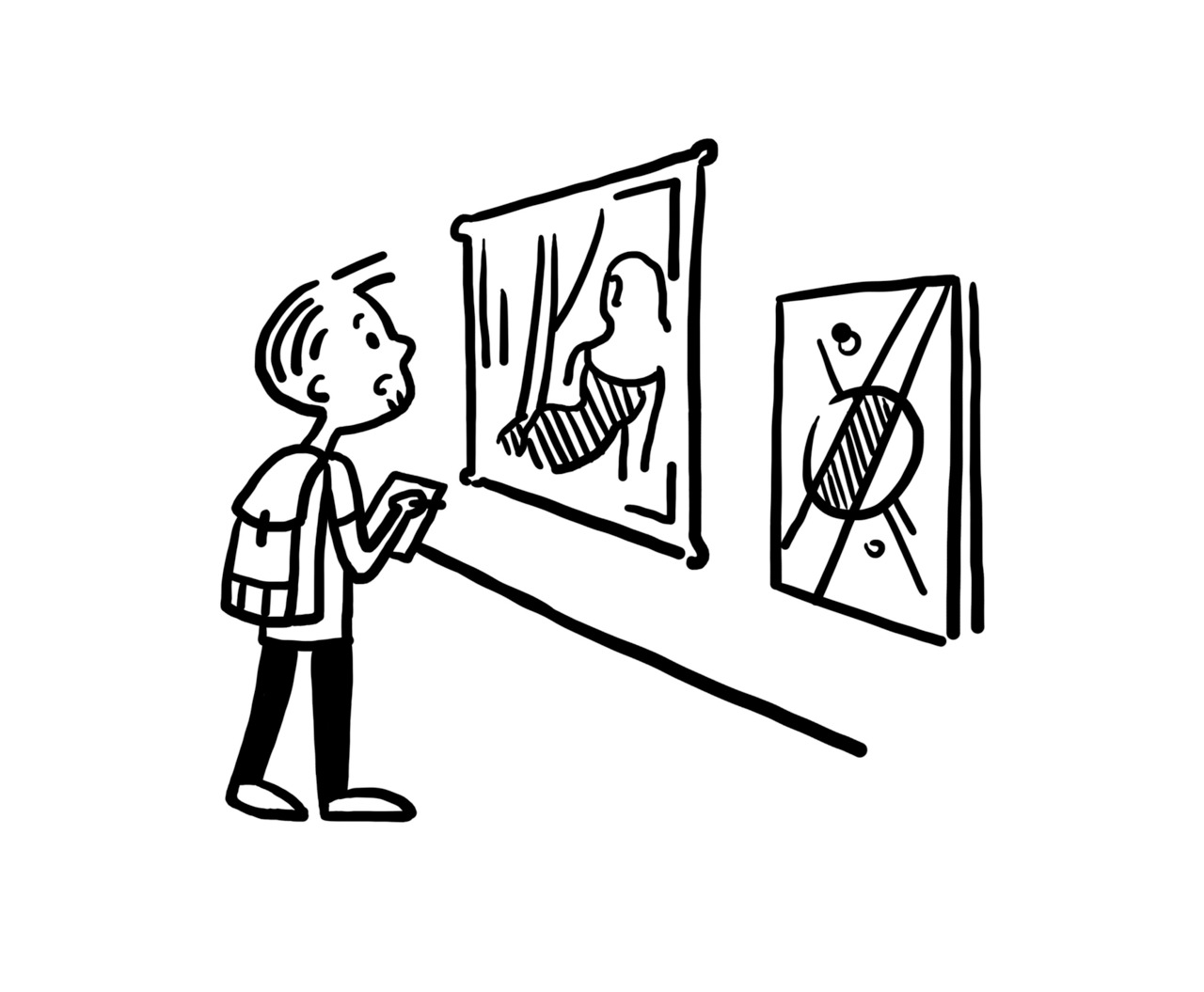
Look for Music
Music is a powerful inspirer. It can give you a world, a rhythm, some images, and a mood. Close your eyes and listen, try to visualise images that flow in front of your mind’s eye. Listen to more music in different styles and keep thinking about your idea. Make up your mind on the music that’s going to work well with your future film, download it onto your iPod, and listen to it more and more. This will stimulate you when you’re working on your project as well.

Keep a Project Journal
When you’re preparing to create your film, write down thoughts, images, and quotations — everything that has to do with your future project. Listen to music, gather images that inspire you. Look around, gauge whether one image or another will come in handy, think about what it can mean. Don’t limit yourself in any way at this point, do whatever comes into your head. Try to catch the “flow” — a state necessary for creativity.
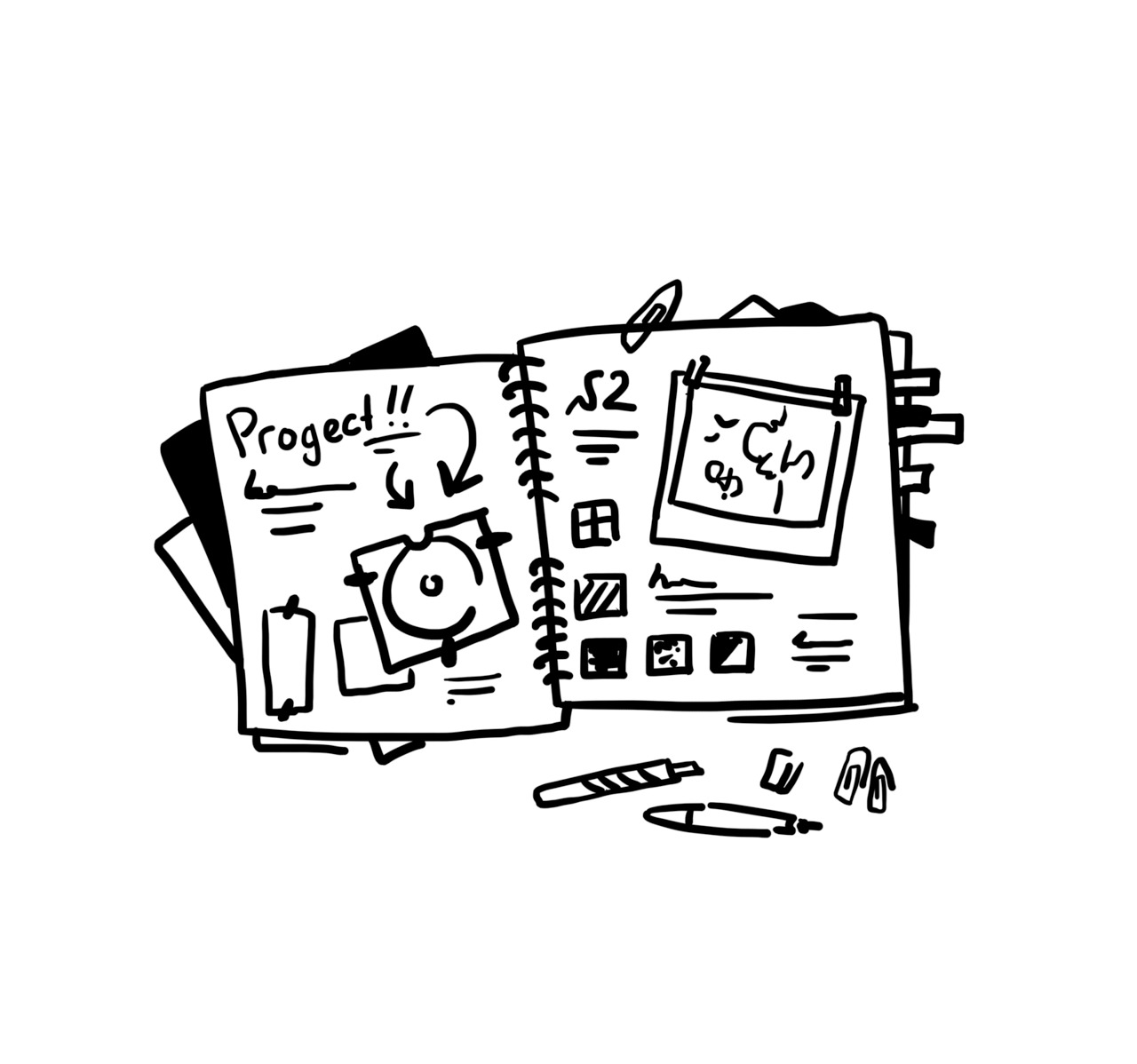
Launch Your Artistic Process
Why are you still not shooting films on your mobile phone? Perhaps because you think, “I’m going to look like an idiot” or “How can I know what to film?” That’s true, no one wants to look like a fool, and no one knows what to film before they start. One of the ways to make the first steps easier is to start shooting when on vacation. All your concerns will be left behind at home as will some of your fears and uncertainties. Along with your friends, acquaintances, colleagues, and most of your relatives, so not many people will be able to tell you, “What are you, Spielberg or something?” Feel free to wake up your inner dormant Spielberg or Tarantino and perhaps even Andrei Tarkovsky or David Lynch. When you’re on vacation, the lack of daily worries lets you focus on the world around you. You’re literally opening a third eye, and you’re starting to see things you don’t normally notice. New impressions on a trip make you think of things you’ve never wondered about. Of course, you can take loads of snapshots, but they’ll get buried in your phone, whereas if you bring a film from your trip, your family and friends are certainly going to watch it, and some may even share it on Facebook.
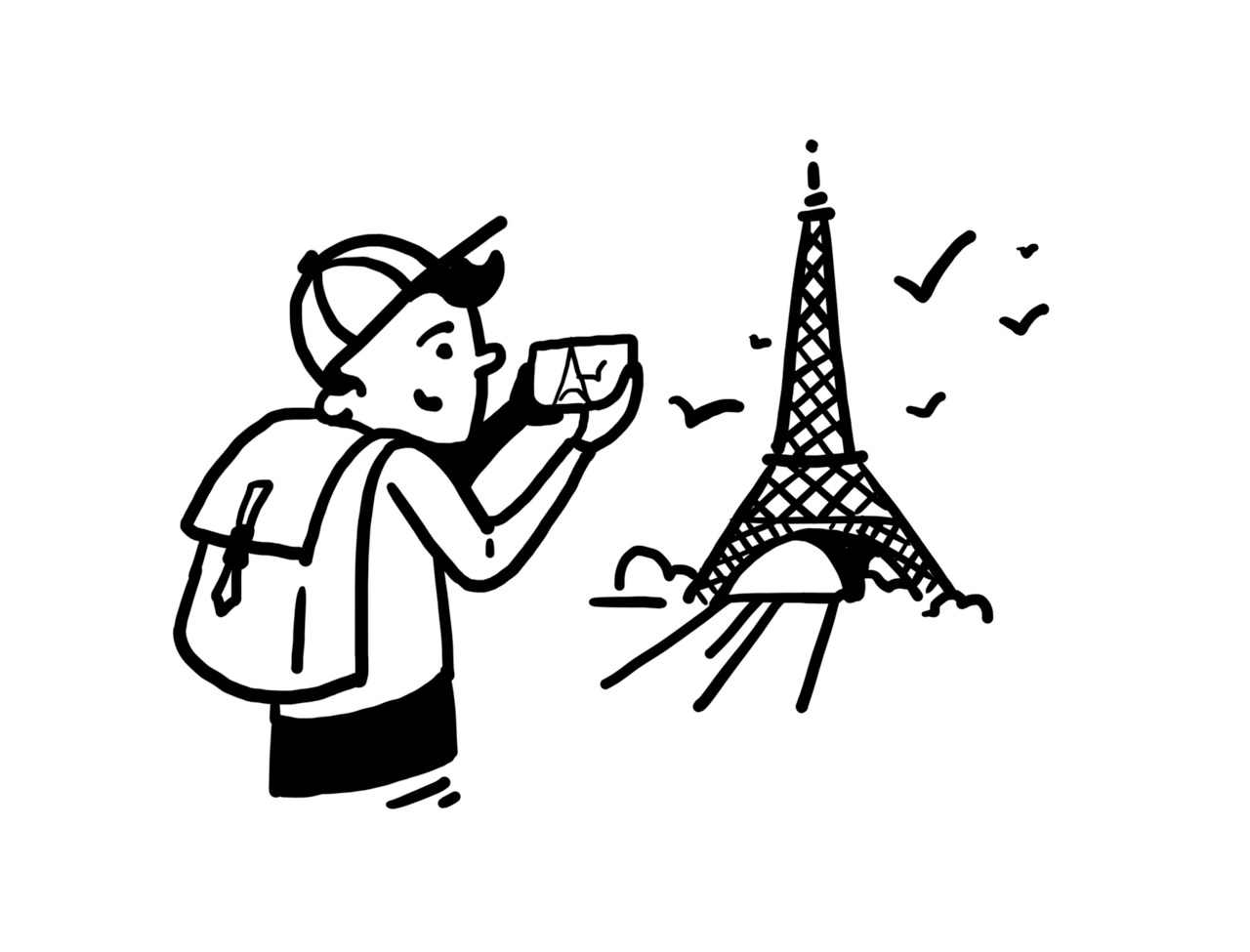
Look for an Unusual Entry Point
You don’t have to go far away. Have a walk around the city, go to an adjacent neighborhood with interesting architecture, get to a park — you can always find good material in the open air. Just get away from your regular routes. That can help you get your phone out of your pocket and start shooting.
If moving around is just not your thing, a simple change of point of view can serve as the necessary impetus. There’s an acting exercise called self-observation. An aspiring actor is encouraged to put a camera in front of him and record the way he works, studies, eats, watches football, or talks on the phone. In acting, it’s vital to have a thorough knowledge of yourself, therefore actors study the way they look when they’re, for instance, concerned or lying. For us aspiring mobile directors, such an exercise in self-observation can become a starting point in meditating on a future film. But what if you change your point of view? If you’re home alone but someone’s watching you from the ceiling or from under the floor or if they’re hiding in the fridge — what could that mean? What kind of emotions do we create by means of such perspectives? What else can we imagine? The most important thing at this point is to start filming, to get interested, and to get into the right mood.

Give Your Film a Name
Think of a working title for your film, even if it’s going to change afterward. Your film is your child, and it begins living as soon as you give it a name. The title also works to discipline you and doesn’t let you forget what it is you’re making a film about. An explanation such as “I’m shooting a film called My Brother Nik’s Birthday” sounds a lot more serious and convincing that “Oh, I’m doing this just for fun.” Treat what you’re doing with respect.

Decide on the Timeline
Will it be a one-minute clip or a three-to-five-minute film? If you’re planning on promoting your work mostly on the web, you may want to limit yourself to a short film. That’s determined by the specifics of a modern person’s attention span. The shorter the video, the more people are going to watch it to the end. But don’t fool yourself — a short is much more difficult to make than a long film, so it’s important to think through your project very thoroughly and in great detail.
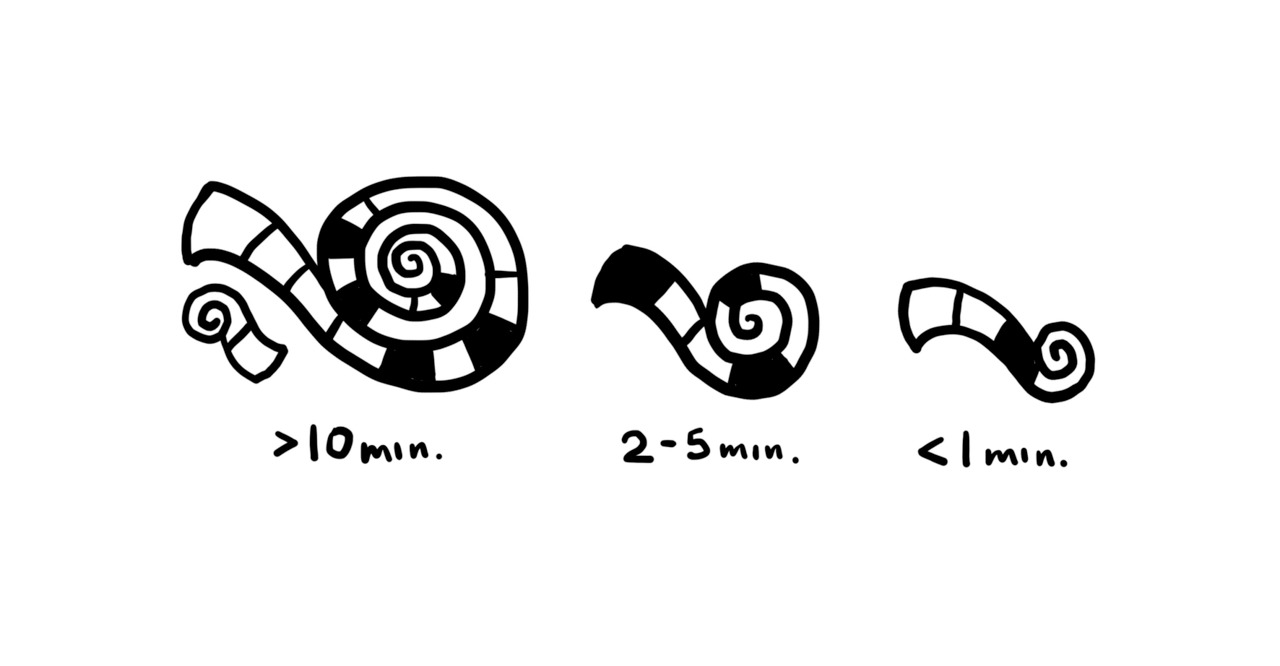
Video Is Not Photo
If you tend to use your phone for taking photographs, it’ll take you some time to get used to shooting videos. Try filming short sketches, get a feeling for where the “eye” of your camera is and how wide its span is. Try different movements and angles, shoot still and moving, faraway and close-up subjects. Look for a better position for your phone. Note that the scale of the shot, the span angle of the image, and the brightness level differ significantly in photo and video mode. Never use the photo mode to look for and select a frame.
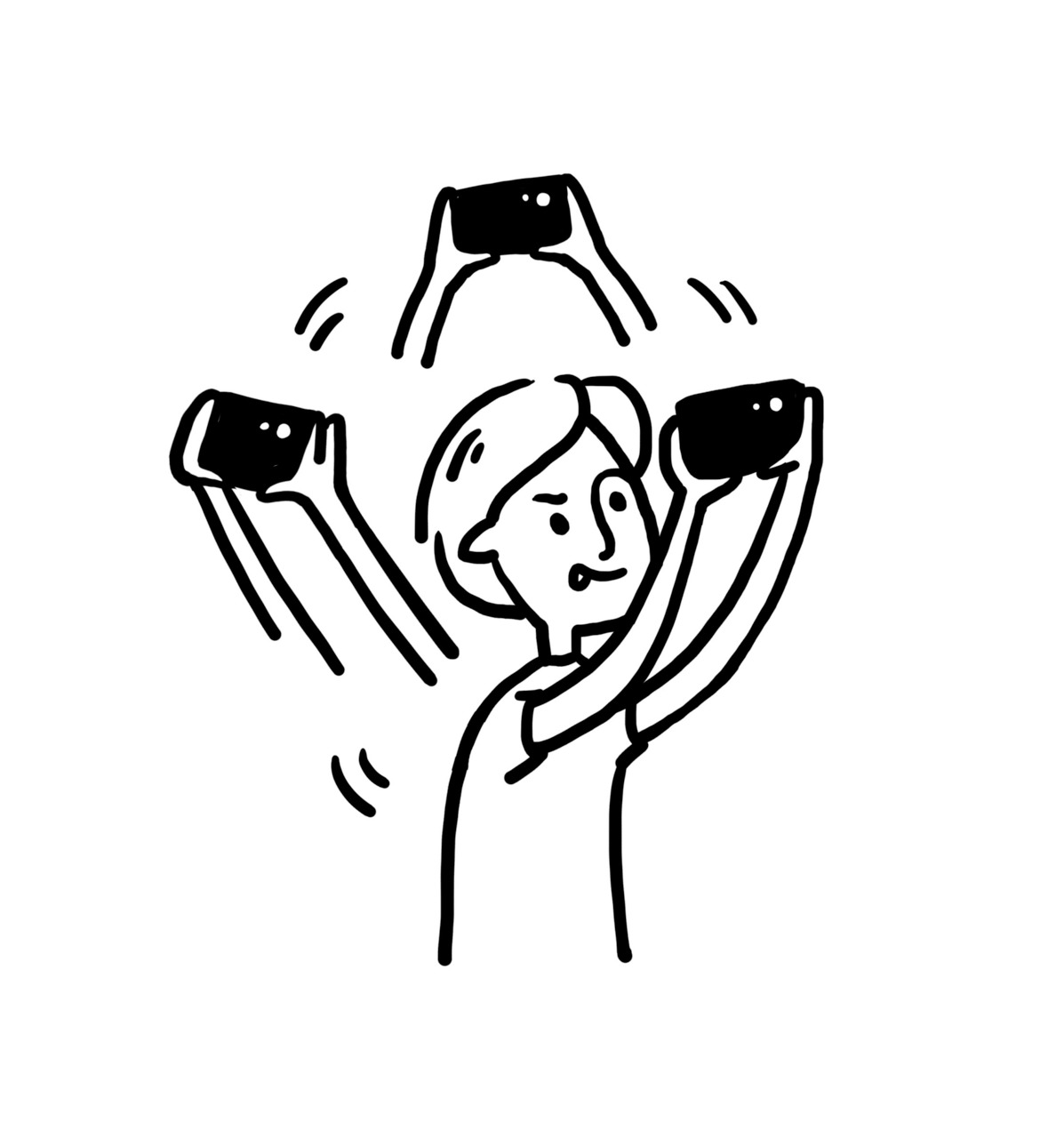
Be Ready!
Your smartphone is your main tool. Study it. Play around with it, and find a grip that’s the most convenient for you. Get used to controlling both the picture and what’s going on around you simultaneously. Practise getting your phone out inconspicuously and instantly and switching on the recording. That’ll help you not to miss the start of something interesting. It’s also great to have clothes with convenient pockets from which it’s easy to pull the phone out regardless of whether you’re sitting, standing, or lying down. If your hands are too dry or, conversely, your palms sweat, there’s a risk of dropping your device, so pick a comfortable rough case for it.
Бесплатный фрагмент закончился.
Купите книгу, чтобы продолжить чтение.